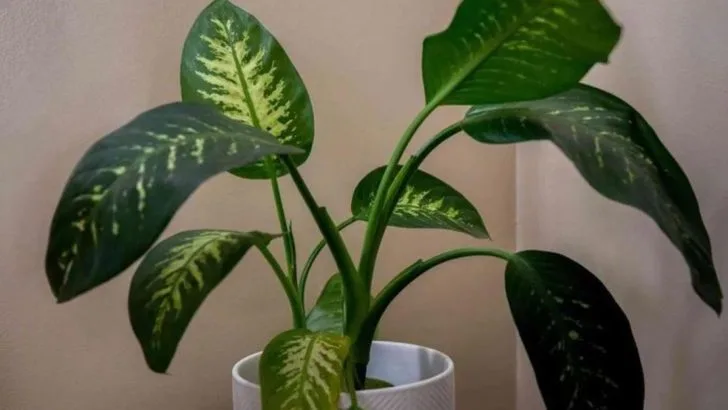Noticing your beloved plants constantly leaning to one side instead of growing tall and straight? You’re not alone. Leaning plants can be a sign of several underlying issues—some simple, others surprisingly sneaky.
From uneven sunlight exposure, improper watering, and lack of support, to more subtle problems like imbalanced root development or crowded placement, these factors can affect the way your plants grow and thrive.
In this guide, we’ll explore the 7 most common reasons your plants aren’t standing tall—and more importantly, 7 proven fixes to help you correct their posture, support healthy growth, and restore balance to your garden or indoor space.
Inadequate Light
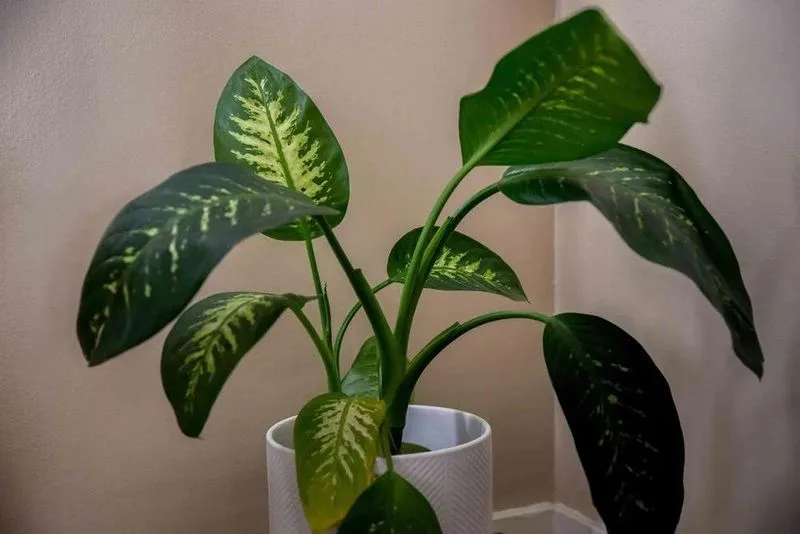
Plants are natural sunbathers. When they don’t get enough light, they try to reach for it. This can cause them to lean, often dramatically, towards the nearest source of illumination. Imagine a sunflower craning its neck to catch those precious rays; that’s your houseplant seeking out its own patch of sun. Insufficient light can happen due to poor positioning or seasonal changes. It’s essential to monitor the light exposure and adjust as needed. This can mean rotating the plant or moving it to a more sunlit area to ensure even growth.
Overwatering

Too much of a good thing can sometimes backfire. Overwatering is a common mistake that can cause roots to rot, making the plant unstable. Picture a sponge saturated with water, losing its form; plants can experience similar effects, struggling to stay upright. This condition deprives the roots of oxygen, weakening the plant’s overall structure. Allowing the soil to dry out between waterings is crucial. Employing a pot with good drainage can prevent water from pooling, ensuring the roots remain healthy and can support the plant’s weight effectively.
Pot Size Mismatch
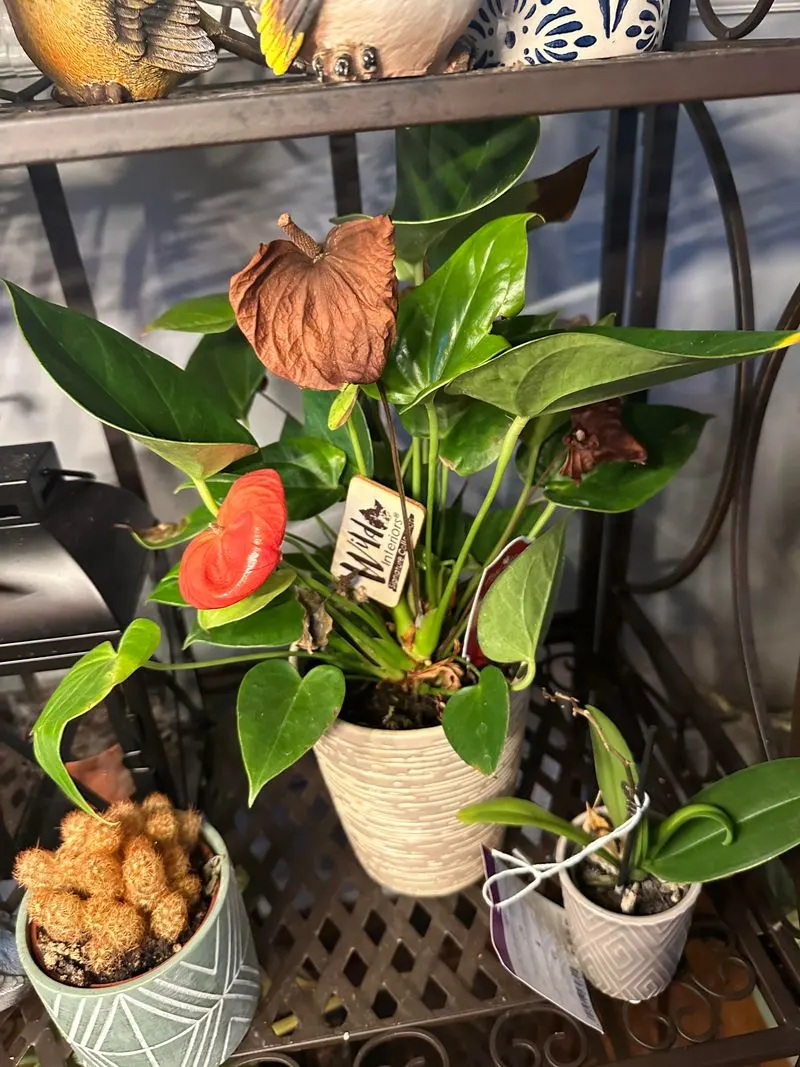
A mismatch in pot size can hinder your plant’s ability to stand tall. When placed in a pot that’s too large, a plant’s roots may not be able to anchor themselves effectively. Imagine a child in oversized shoes, struggling to walk steadily; similarly, plants can wobble and lean. This excessive space can also lead to overwatering issues as excess soil retains more moisture. Choosing the right pot size—just a bit larger than the root ball—ensures that roots can stabilize the plant and grow healthily without excess soil complications.
Weak Stem Structure

Some plants naturally have weaker stems, making them prone to leaning. Imagine a delicate flower swaying in a gentle breeze; certain species need a little extra support to maintain their posture. Factors like insufficient nutrients can exacerbate this, leaving stems unable to hold their weight. Providing support through stakes or trellises can offer immediate relief. Additionally, ensuring a balanced fertilizer regimen helps strengthen the plant’s structure over time. This encourages more robust growth, enabling the plant to stand firm and resist external pressures.
Improper Pruning
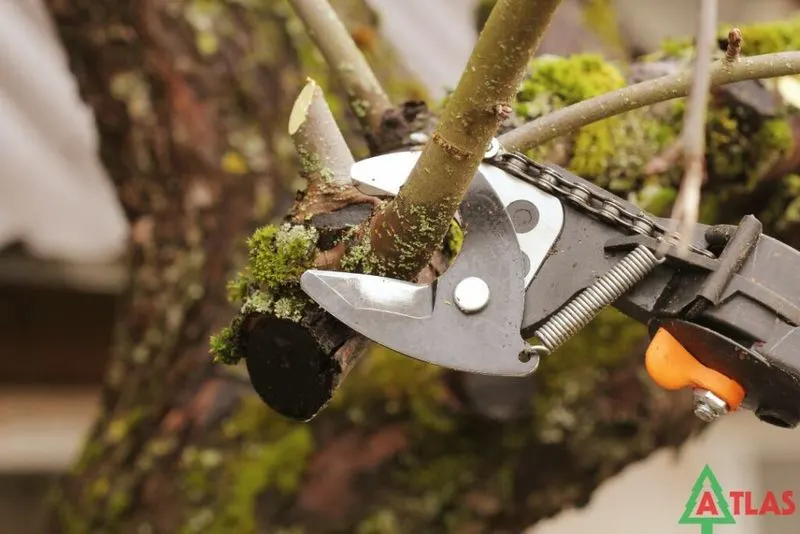
Pruning, when done right, encourages growth; however, improper techniques can lead to imbalance. Imagine trying to balance a lopsided load; plants face similar challenges when pruned unevenly, resulting in a lean. Over-pruning one side can disrupt the plant’s center of gravity, causing it to tilt towards the heavier side. To fix this, ensure even pruning practices, cutting back growth on all sides evenly. Regular maintenance helps maintain symmetry, allowing the plant to grow upright and evenly distributed without unnecessary stress on one side.
Weak Root System
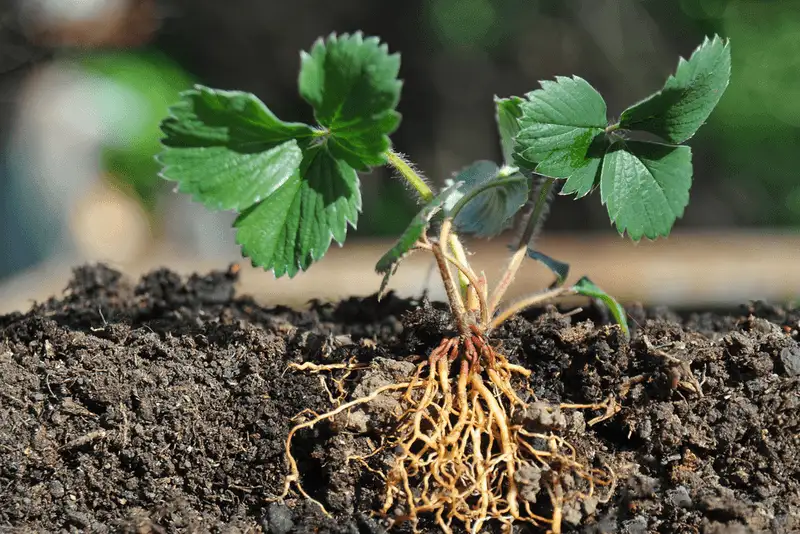
Roots are the foundation of a plant’s stability. A weak root system can spell trouble, akin to a building with a shaky foundation. This often results from poor soil conditions or compaction, limiting root expansion. Such roots struggle to anchor the plant, leading to leaning. Improving soil quality, perhaps by incorporating organic matter or aerating the soil, can bolster root development. With a strengthened base, the plant can rise upright. Monitoring and adjusting care practices to foster root health is key to preventing future leaning issues.
Pests and Diseases

Pests and diseases can be stealthy culprits behind a plant’s lean. They attack the plant’s integrity, compromising its health and leading to instability. Imagine a tiny army of insects nibbling away at a plant’s defenses; the result can be a weakened structure. Regular inspections and natural remedies, such as neem oil, can help deter these invaders. Keeping the plant healthy and resilient through proper care practices minimizes the impact of any potential pest or disease attack, allowing the plant to maintain its upright stance.
Correcting Light Angle
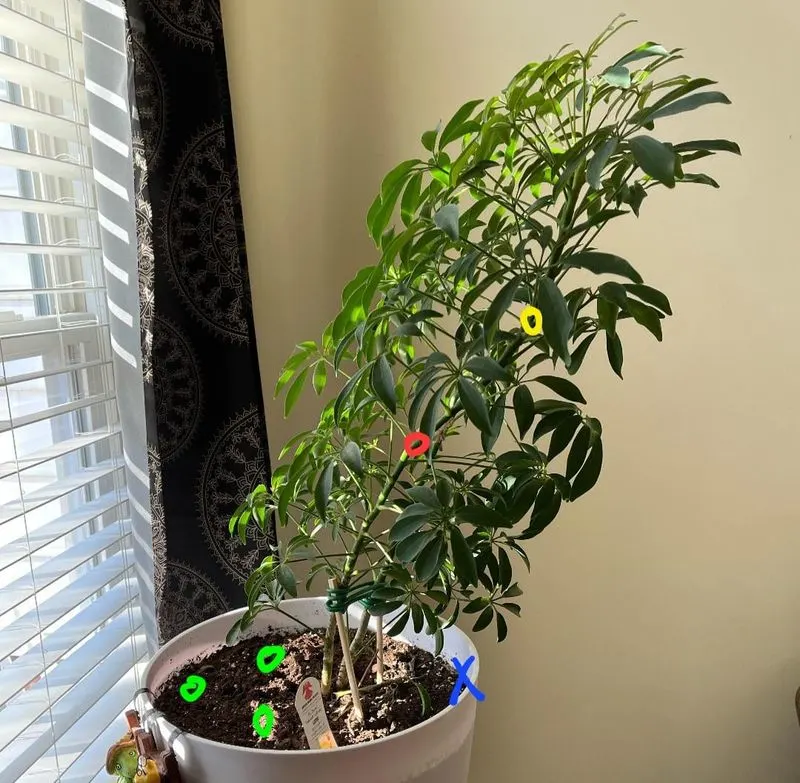
Ensuring equal light distribution is key to correcting a lean. Plants naturally gravitate towards light, and failure to rotate them can lead to uneven growth. Visualize a ship changing course to follow the sun; plants need similar adjustments to grow evenly. Regularly rotating the plant ensures all sides receive adequate light, promoting balanced growth and preventing a lean. This simple practice can dramatically enhance a plant’s posture, ensuring it grows tall and straight. Marking the pot’s position can help remember its last orientation.
Adjusting Watering Practices
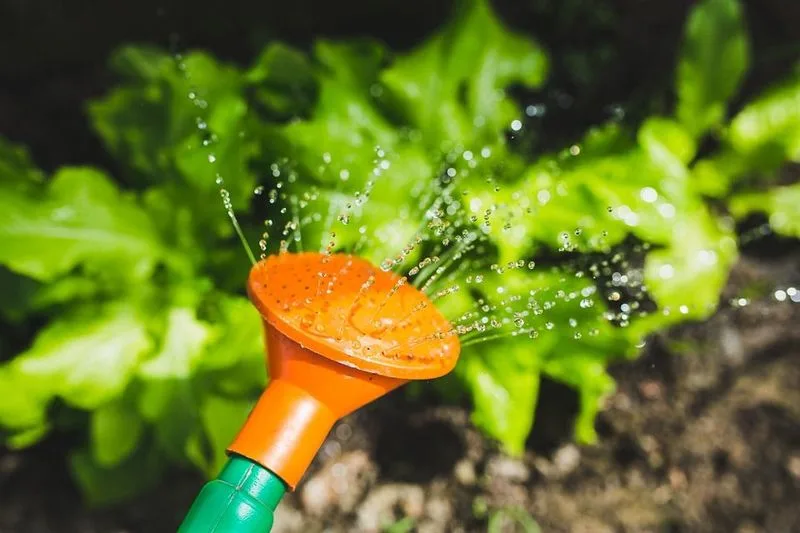
Finding the right watering balance is crucial. Both overwatering and underwatering can destabilize a plant. Visualize the delicate balance of a tightrope walker; plants require similar precision in their care. Checking soil moisture regularly can prevent common watering errors. Allowing topsoil to dry before watering ensures the plant isn’t overfed with water, maintaining a proper balance. This practice promotes healthy root growth, providing the necessary support for an upright plant. Each plant type may have specific needs, so adjustments may be necessary.
Selecting Appropriate Pot Sizes
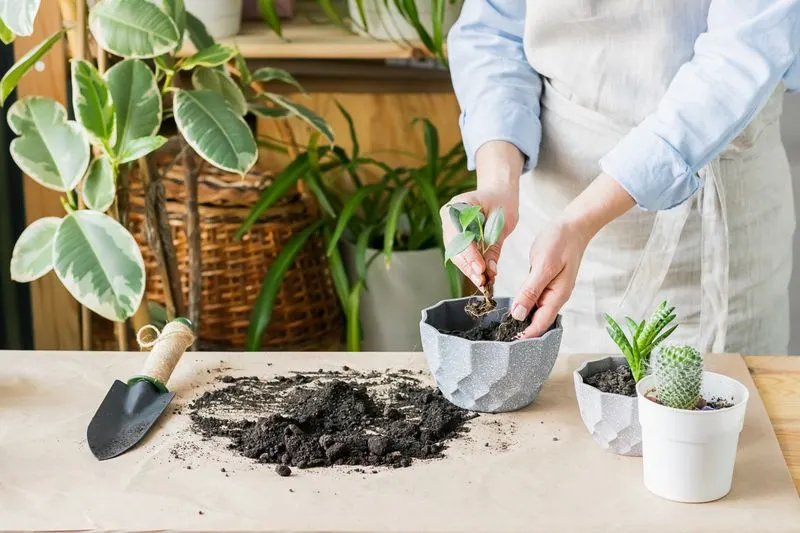
Choosing the right pot size is paramount for stability. A pot that’s either too large or too small can disrupt a plant’s growth. Imagine Cinderella trying on her glass slipper; the right fit is crucial. The pot should allow room for root expansion without overwhelming the plant. Selecting a size just larger than the current root system ensures stability and healthy growth. This careful choice prevents issues like water retention and provides a solid base for upright growth, allowing the plant to flourish in its environment.
Supporting Weak Stems

Supporting weak stems can make all the difference. Some plants require assistance to maintain their posture, much like a young tree supported by stakes. Placing a sturdy support such as a bamboo stick next to the plant and gently tying it can provide immediate relief. This not only guides the plant to grow straight but also protects against wind and accidental bumps. Over time, as the plant strengthens, it may no longer need additional support, standing independently and beautifully upright.
Even Pruning Techniques
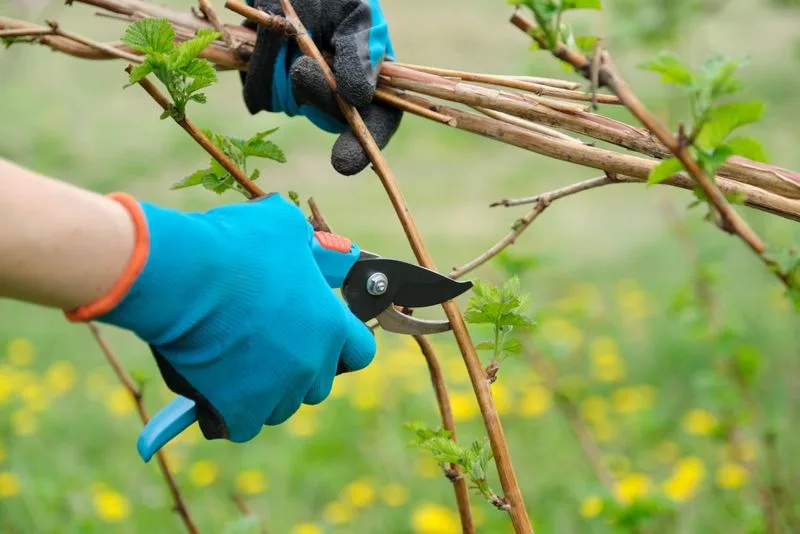
Pruning should be an artful practice. Achieving balance through careful trimming not only enhances a plant’s appearance but also its structural integrity. Picture a sculptor chiseling away to reveal a masterpiece; precision matters. Evenly trimming growth ensures that a plant maintains its center of gravity, supporting upright growth. Consistent and thoughtful pruning fosters a symmetrical shape, preventing any unwanted lean. This approach allows the plant to thrive, removing excess weight and promoting a healthy, balanced form.
Enhancing Root Health
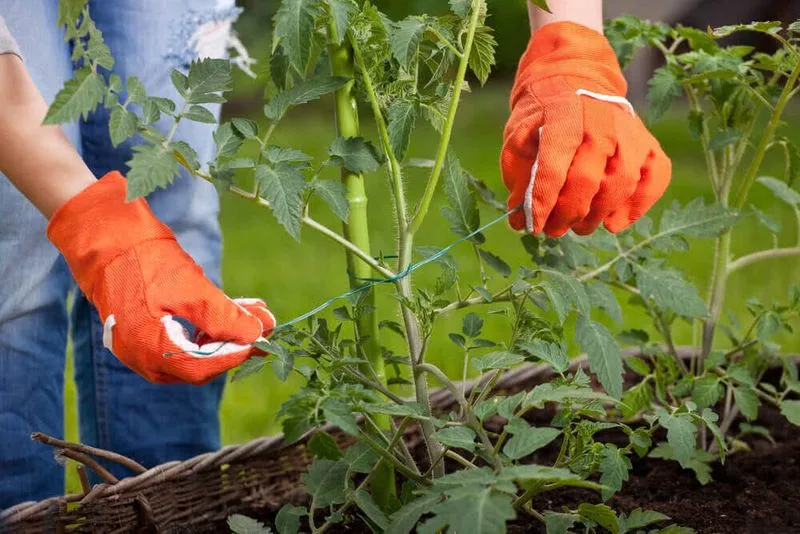
Fostering robust root growth is vital for plant stability. Healthy roots serve as the foundation, akin to deep roots securing a towering tree. Enhancing the soil with nutrients supports this development, allowing roots to penetrate deeply and anchor the plant. Techniques like aerating the soil or adding compost can invigorate root systems. Strong roots result in resilient plants that can withstand environmental stressors. By prioritizing root health, you empower your plants to stand tall and flourish, unwavering in their upright presence.
Pest and Disease Management

Managing pests and diseases is crucial for upright growth. These invaders can weaken a plant’s structure by attacking its vital parts. Imagine an army of tiny saboteurs infiltrating fortifications; vigilance is key. Regular checks for signs of infestation and applying organic remedies such as insecticidal soap can keep these threats at bay. Maintaining a clean environment and healthy care practices fortify plants, reducing the impact of any pest or disease. This proactive approach ensures that your plants remain sturdy and upright.

